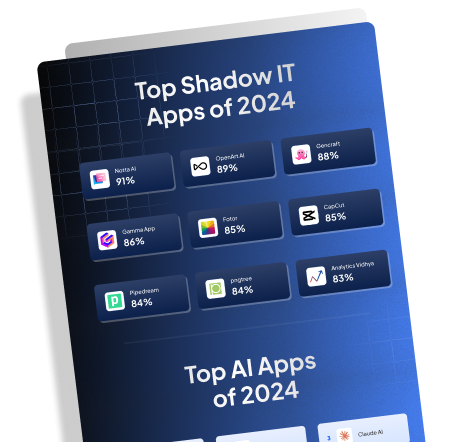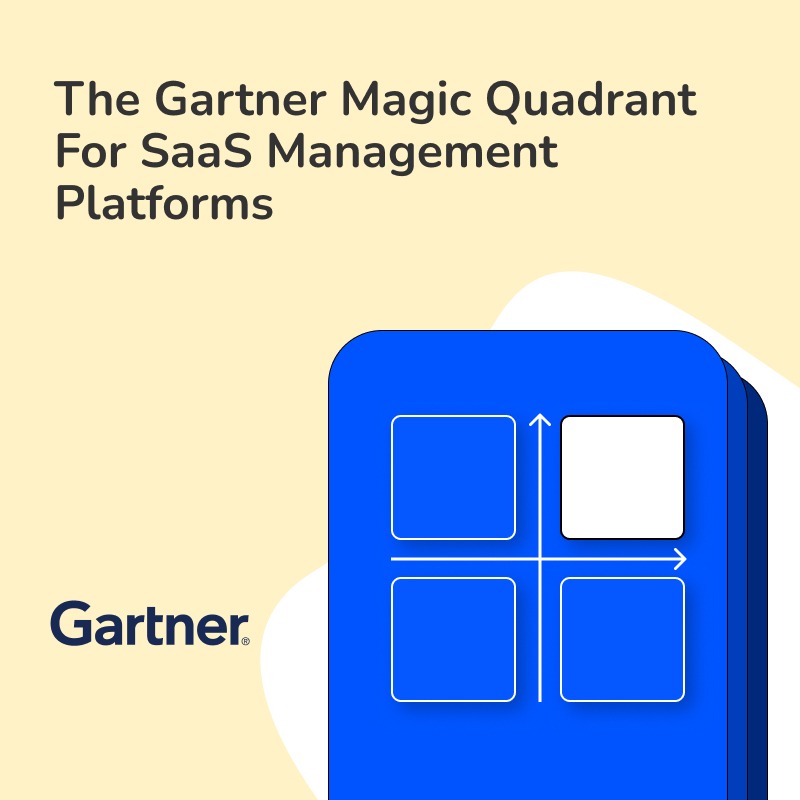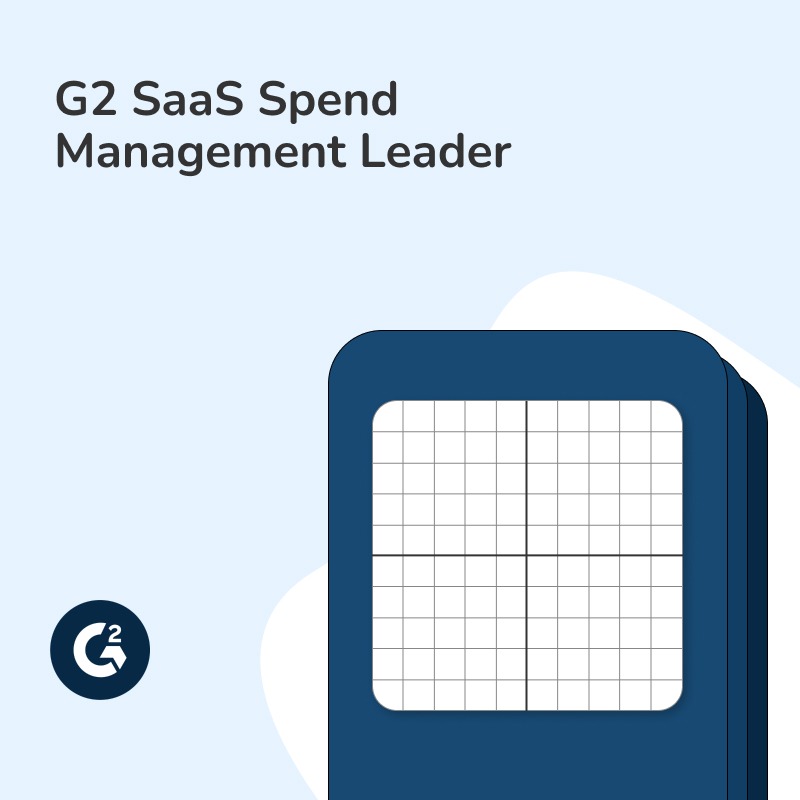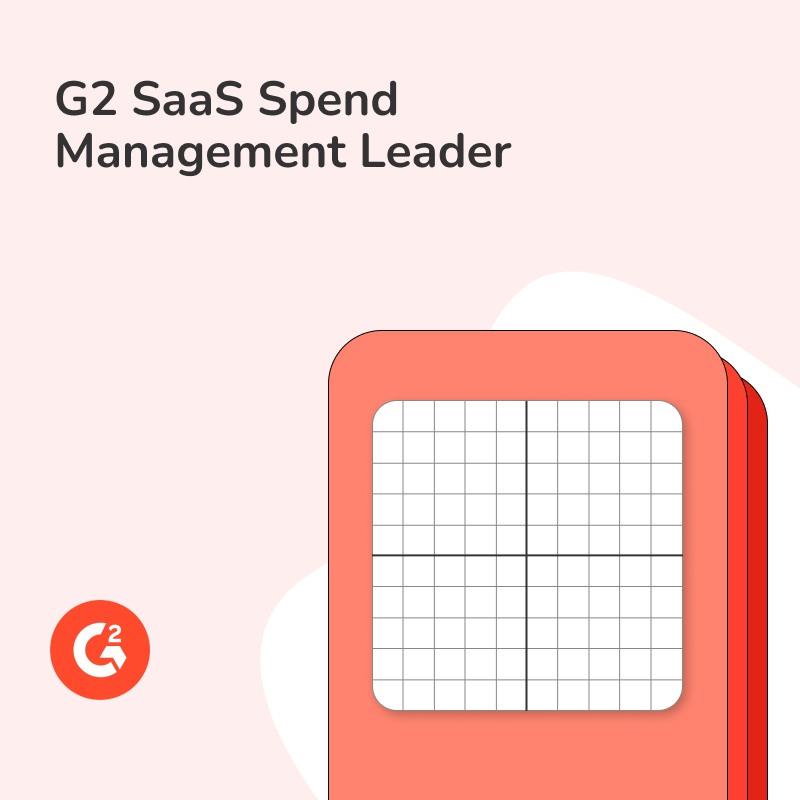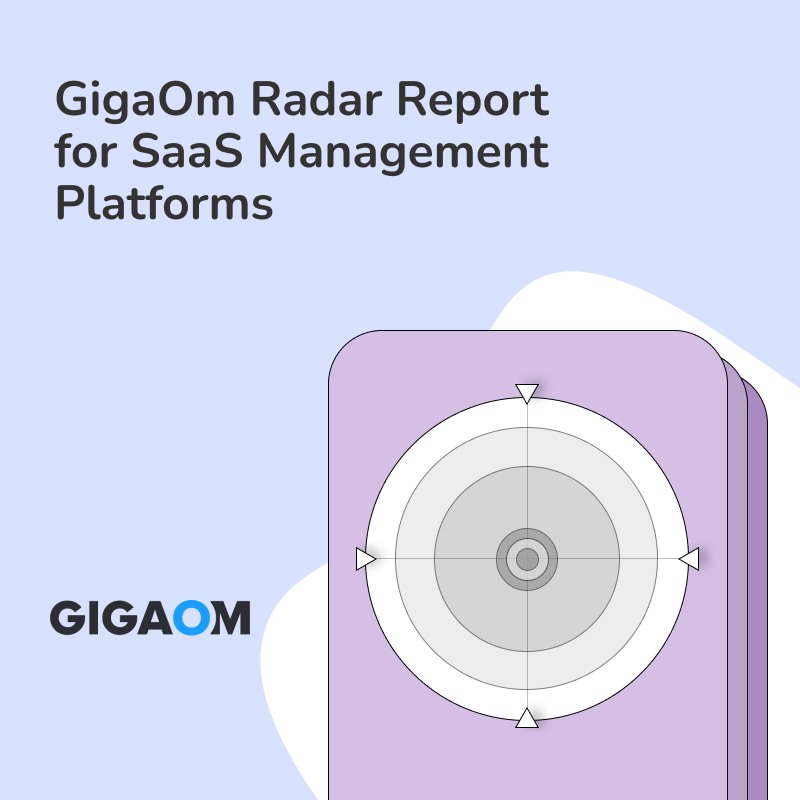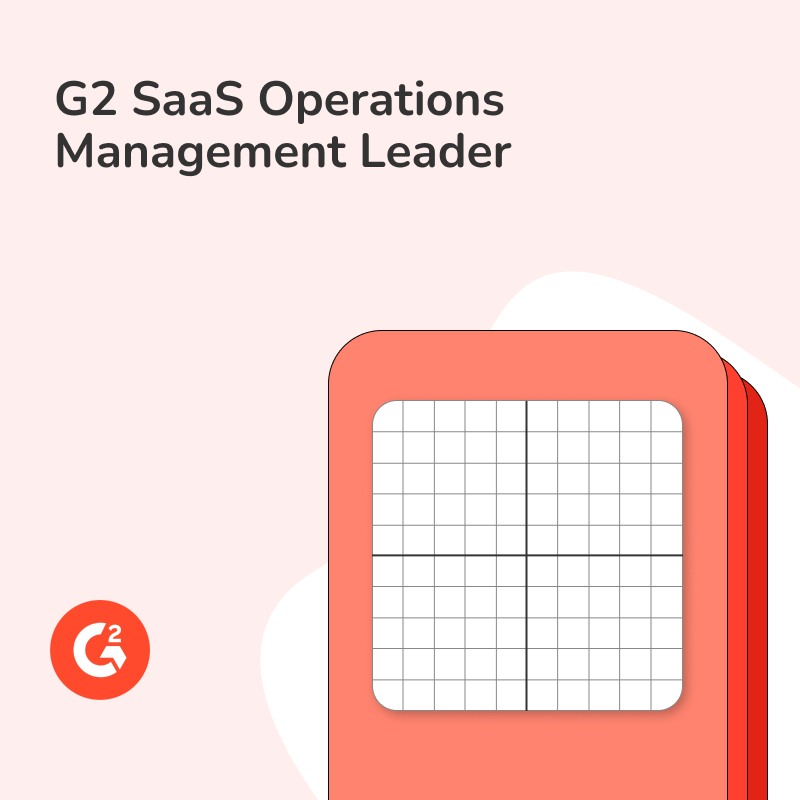What is Spend Analysis?
Spend Analysis (SA), an essential financial methodology used to evaluate an organization’s expenditures, is primarily facilitated through advanced software. This high-tech tool typically allows users to gather, classify, and assess spend data, assisting companies in achieving critical operational insights and refining financial strategies for future savings.
Note: Gain a full analysis of expenses, recover unused licenses, and equip yourself with intelligent cost-saving workflows and strategies with Torii’s Spend Management Center. Enhance your financial planning and make informed decisions on every SaaS investment. Check out Torii’s Spend Management Center
How does this affect IT Managers or Directors unfamiliar with complex financial jargon? It will be a game-changer. These individuals can comprehensively understand company-wide spending by employing a systematic analysis process, facilitating superior cost-reduction measures.
Spend analysis is more than just a cost-cutting tool; it is necessary for strategic decision-making.
Spend Analysis factors in decisively streamlining operational processes, improving efficiencies, and enhancing a firm’s competitive edge while boosting bottom-line savings. Using a spend analysis report from the data produced by spend analysis tools, managers can identify irregular trends and uncover areas of potential savings.
Use Spend Analysis Template: The spend analysis template is a meticulous methodology that categorizes, scrutinizes, and visualizes a firm’s expenditure data. Tracing spend analysis trends equips decision-makers with actionable insights to drive cost reductions and incite strategic procurement initiatives.
Measure Spend Analysis Metrics: The benefits of a spending analysis are multifaceted. They can fuel savings, optimize procurement processes, and enhance forecasting abilities. When accurately measured and interpreted, spend analysis metrics can direct efforts toward more prudent spending strategies. Moreover, transparent categorization fosters a more accurate understanding of spending patterns, improving operational efficiency.
Automate with Spend Analysis Software: Spend analysis software automates the categorization and visualization of spend data, drastically reducing the chances of human error and ensuring the analysis’s accuracy. Alongside saving time, these tools permit continuous monitoring of spending patterns and mitigating risks associated with unplanned expenses.
In conclusion, spend analysis, bolstered by the right software and tools, is a comprehensive process that digs deep into an organization’s spending habits. This knowledge empowers IT Managers and Directors to make informed decisions and optimize strategies, resulting in substantial cost reductions, predictive procurement, and other invaluable business benefits.
In the ever-changing landscape of IT management, Spend Analysis has emerged as a cornerstone. With its ability to meticulously dissect and probe into purchasing trends, this financial tool has saved notable organizations substantial sums while equipping them with actionable insights for strategic planning.
Enterprise Setting
Oracle Corporation, one of the giants in the tech industry, stands as another exemplar of the benefits of spend analysis. By adopting spend analysis tools, the firm was able to routinize its procurement processes, inculcate efficiency, streamline vendor management, and significantly enhance its bottom line. The tools employed accentuated Oracle’s spend analysis categorization and aided in the compelling visualization of spend data, thus saving time and resources.
Small and Medium Businesses
Accenture, a multinational professional services company, effectively utilized spend analysis software to stay afloat amidst significant turmoil. Through the software’s deep analytics, the company could identify areas of unnecessary expenditure, which were then scrapped, leading to impressive savings.
Real-World Example
Moving next to Torii, a leading SaaS management platform that has compellingly harnessed the power of spend analysis. Providing IT professionals the visibility they need over SaaS expenditures, Torii helps discover Shadow IT and automates SaaS operations. By employing their spend analysis methodology and leveraging their spend analysis report feature, organizations can gain unprecedented control over their SaaS inventory, paving the way for cost reduction and optimization.
By utilizing spend analysis, these companies have reaped substantial benefits, including considerable cost reduction, enhanced accuracy in financial handling, and the formulation of effective forecasting and strategic planning. Spanning spend data breakdown, analysis trends recognition, procurement efficiency, and the merit and necessity of spend analysis are indisputable. The right software and tools increase the insights from spend analysis and help take better action, eventually leading to a more efficient, cost-effective business model.
Best Practices for Spend Analysis
Establishing best practices in spend analysis involves leveraging the right software and tools that aid in crafting spend analysis reports and developing comprehensive templates.
- Spend Analysis Process
At the core of these practices lies the spend analysis process, which must be peppered with a scientifically sound methodology. The fruits will yield enduring spend analysis benefits, curated through targeted spend analysis metrics, precise spend analysis categorization, and lucid spend analysis visualization.
- Spend Analysis Trends
Remaining updated with spend analysis trends allows you to secure unique insights, fueling potent spend analysis savings. Considerable cost reduction can be achieved by enhancing your spend analysis data accuracy. Crafting an optimized spend analysis process allows pivotal focus on predetermined goals like cost reduction, a consequential advantage of spend analysis.
- Robust Data Analysis
Apart from cost-cutting, another key benefit is that robust data analysis can also aid in forecasting spending, greatly assisting in spending analysis procurement.
One such tool, the Torii SaaS Management Platform, is vital in managing software spending. This platform enables IT professionals to discover hidden IT Shadow IT, offering prevalent visibility over SaaS expenditures.
- Automate SaaS Operations
Automating SaaS operations with Torii can streamline processes such as SaaS on/offboarding, license optimization, and cost savings. The platform offers the unique advantage of building customized plugins and integrations for cloud apps.
These features improve spend analysis accuracy, optimization, and cost reduction. These practices allow IT managers and directors to have more insights for better action, scale their SaaS-related work, and ultimately drive more value for their organizations.
Related Tools for Spend Analysis
- Torii SaaS Management Platform
- Cleanshelf
- Binadox
- Symantec Endpoint Protection
- Kaspersky Total Security
- IBM Emptoris
- Coupa
- SAP Ariba
- Oracle Procurement
Related Concepts in Spend Analysis
- Spend analysis: Review and analyze an organization’s spending data to understand where money is allocated.
- Spend analysis software: Tools or programs designed to automate and streamline the spend analysis process.
- Spend analysis tools: Various resources and technologies are utilized to collect, organize, and analyze spending data.
- Spend analysis report: A document that presents the findings and analysis from the spend analysis process, providing detailed information and recommendations.
- Spend analysis template: A pre-designed framework or structure that serves as a starting point for conducting spend analysis.
- Spend analysis process: The systematic steps followed to collect, categorize, analyze, and interpret spending data.
- Spend analysis methodology: The specific approach or set of techniques used to perform spend analysis.
- Spend analysis benefits: The advantages and positive outcomes can be achieved through practical spend analysis, including cost reduction and process optimization.
- Spend analysis metrics: Quantifiable measures used to evaluate spending patterns and performance, such as total spending, category spending, and supplier spending.
- Spend analysis categorization: Organizing and classifying spending data into different categories or groups based on common characteristics.
- Spend analysis visualization: The representation of spending data in graphical or visual formats that aid in understanding and making informed decisions.
- Spend analysis trends: Patterns or tendencies identified within spending data that can provide valuable insights into changes or developments over time.
- Spend analysis insights: In-depth and actionable observations or conclusions derived from the analysis of spending data.
- Spend analysis savings: The cost reductions or savings that can be achieved by identifying areas of inefficient spending and implementing appropriate measures.
- Spend analysis cost reduction: The process of lowering expenses by analyzing spending data and identifying opportunities for optimization.
- Spend analysis data: The raw information collected and used for conducting spend analysis, typically including details about purchases and expenditures.
- Spend analysis accuracy: The reliability and precision of the spend analysis process and its outcomes.
- Spend analysis optimization: The systematic improvement of spending practices and processes based on the findings and recommendations of spend analysis.
- Spend analysis forecasting: Utilizing historical spending data to predict future spending patterns and estimate future expenses.
- Spend analysis procurement: Integrating spend analysis insights into the procurement process to enable more informed decision-making.
FAQs: Spend Analysis
Q: What is spend analysis?
A: Spend analysis evaluates and monitors an organization’s spending patterns to gain insights into where funds are being allocated and identify opportunities for cost savings.
Q: Why is spend analysis critical?
A: Spend analysis is essential because it helps organizations make informed decisions about their spending, identify areas of unnecessary expenses, negotiate better pricing with suppliers, and improve overall financial performance.
Q: How does spend analysis work?
A: Spend analysis collects and aggregates data from various sources, such as invoices and purchase orders. This data is then cleansed, classified, and analyzed to identify spending patterns, trends, and potential savings opportunities.
Q: What are the benefits of spend analysis?
A: The benefits of spend analysis include cost savings through better negotiation and supplier management, improved spend visibility, increased compliance with procurement policies, and the ability to make more informed decisions regarding spending.
Q: What are the steps involved in spending analysis?
A: The steps involved in spend analysis typically include data collection, data cleansing and classification, data analysis and segmentation, identification of savings opportunities, and implementing actions to achieve those savings.
Q: What tools are used for spend analysis?
A: Various spend analysis tools are available, such as specialized software systems and analytics platforms, which help automate data collection, classification, and analysis processes to streamline the spend analysis process.
Q: How long does a spend analysis project typically take?
A: The duration of a spend analysis project depends on several factors, including the size and complexity of the organization’s spending data, the availability of data sources, and the level of detail required. However, a typical project can last a few weeks to several months.
Q: What are the challenges of conducting spending analysis?
A: Some common challenges of conducting spend analysis include data quality issues, lack of data standardization across departments, incomplete or fragmented data, and difficulties aligning different data sources.
Q: Who should be involved in the spend analysis process?
A: The spend analysis process typically involves procurement professionals, finance teams, data analysts, and other stakeholders within the organization to ensure a comprehensive and accurate analysis.
Q: Can spend analysis help in supplier relationship management?
A: Yes, spend analysis can help in supplier relationship management by providing insights into spending patterns with different suppliers, enabling organizations to identify opportunities for supplier consolidation, negotiate better contract terms, and improve overall supplier performance.
